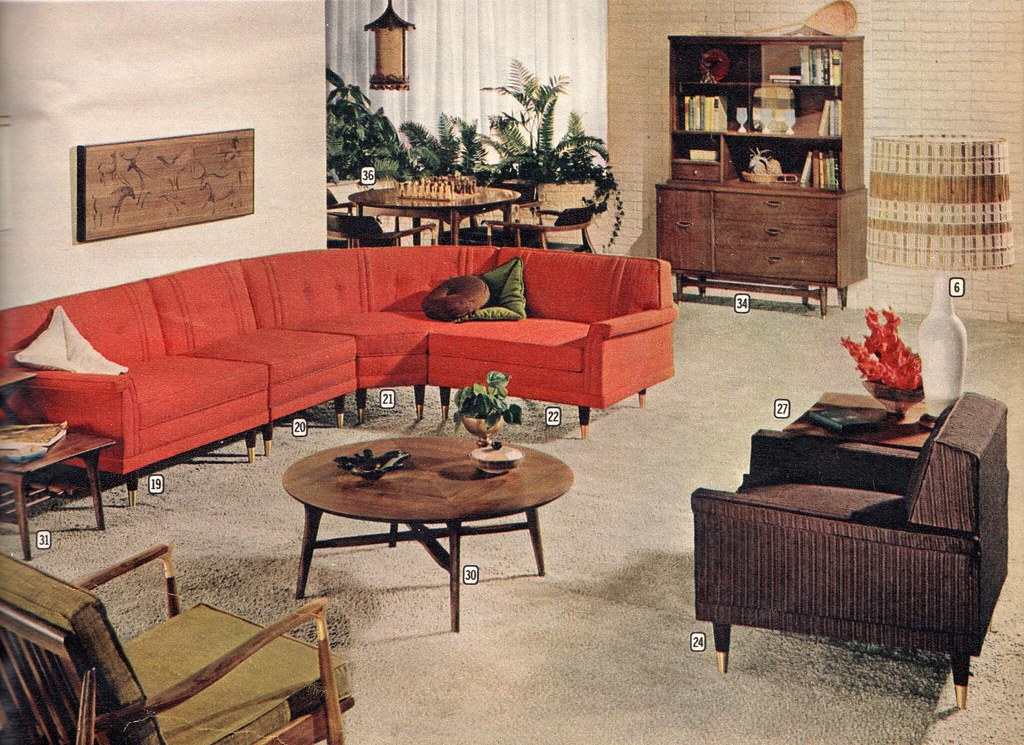The 1960s was a decade of change and innovation in the world of design and home decor. The middle class, in particular, saw significant changes in their living spaces as they embraced new trends and styles. From furniture to household items, the 1960s middle class living room was a reflection of the era's social and cultural changes. Let's take a closer look at the top 10 features of a typical middle class 1960s living room.1960s Living Room: A Look into Middle Class Home Decor
The living room was the heart of the middle class home in the 1960s. It was the place where families gathered to spend time together, entertain guests, and relax after a long day. The layout of the living room was typically open and spacious, allowing for easy movement and conversation.Middle Class Living Room: The Heart of the Home
The 1960s saw a departure from the conservative and muted home decor of the previous decades. In the middle class living room, bold and vibrant colors took center stage. Orange, yellow, green, and blue were popular choices for walls and furniture, adding a sense of energy and optimism to the space.1960s Home Decor: Bold and Colorful
The middle class of the 1960s embraced the modernist design movement, which emphasized simplicity, functionality, and clean lines. This is reflected in the furniture and decor of the living room, with mid-century modern pieces becoming a popular choice. These included low-slung sofas, teak coffee tables, and sleek armchairs.Middle Class Interior Design: Embracing Modernism
The 1960s was a time of transition, and this was also reflected in the furniture of the middle class living room. While modernist pieces were popular, many families still held onto their traditional furniture from previous decades. This created a unique blend of old and new, with pieces like antique side tables and retro lamps sitting alongside more modern items.1960s Furniture: A Mix of Old and New
The 1960s was all about experimenting with patterns and textures, and this was evident in the furnishings of the middle class living room. From geometric prints to floral patterns, and shaggy rugs to velvet upholstery, there was a wide range of textures and patterns to choose from. This added depth and character to the living room.Middle Class Home Furnishings: Patterns and Textures Galore
In the 1960s, there was a focus on bringing the outdoors into the home. This was reflected in the middle class living room through the use of natural materials like wood and rattan. Additionally, many homes had large windows that allowed for plenty of natural light and provided a view of the surrounding greenery.1960s Home Renovation: Bringing the Outdoors In
In the 1960s, household items were not just functional, but also served as decorative elements in the living room. Items like patterned throw pillows, colorful vases, and abstract wall art were used to add a pop of color and personality to the space.Middle Class Household Items: Functionality with a Pop of Color
The 1960s saw a rise in suburban living, and the middle class living room was a reflection of this trend. Many families moved to the suburbs, where they could afford larger homes and enjoy a more relaxed and comfortable lifestyle. The living room was often the largest room in the house, emphasizing its importance as the central gathering space for the family.1960s Suburban Living: Embracing the American Dream
Above all, the 1960s middle class living room was a comfortable and welcoming space for families to spend time together. It was a place where memories were made, and traditions were passed down. While trends and styles may have changed over the years, the warmth and sense of togetherness of the 1960s middle class living room remains timeless.Middle Class Family Home: A Comfortable and Welcoming Space
The Evolution of the Middle Class 1960s Living Room

The 1960s: A Decade of Change
 In the 1960s, the middle class experienced a significant shift in their way of living. The post-war economic boom created a rise in disposable income, leading to an increase in consumer spending. This, in turn, had a direct impact on the design and style of homes, particularly the living room.
The traditional living room of the 1950s, with its heavy and ornate furniture, was now replaced with a more streamlined and modern look. The middle class began to embrace minimalistic and functional design, a reflection of the changing attitudes and values of society at the time.
In the 1960s, the middle class experienced a significant shift in their way of living. The post-war economic boom created a rise in disposable income, leading to an increase in consumer spending. This, in turn, had a direct impact on the design and style of homes, particularly the living room.
The traditional living room of the 1950s, with its heavy and ornate furniture, was now replaced with a more streamlined and modern look. The middle class began to embrace minimalistic and functional design, a reflection of the changing attitudes and values of society at the time.
The Middle Class 1960s Living Room: A Reflection of the Times
 The middle class living room of the 1960s was a representation of the shift towards a more casual and relaxed lifestyle. The room was no longer just a formal space for entertaining guests, but also a place for the family to gather and spend quality time together.
The
main keyword
of this era was "modernity," and this was reflected in the design of the living room. Clean lines, geometric shapes, and a mix of textures and materials were the hallmark of the 1960s living room. The use of bold colors, such as orange, green, and yellow, added a sense of vibrancy and energy to the space.
The middle class living room of the 1960s was a representation of the shift towards a more casual and relaxed lifestyle. The room was no longer just a formal space for entertaining guests, but also a place for the family to gather and spend quality time together.
The
main keyword
of this era was "modernity," and this was reflected in the design of the living room. Clean lines, geometric shapes, and a mix of textures and materials were the hallmark of the 1960s living room. The use of bold colors, such as orange, green, and yellow, added a sense of vibrancy and energy to the space.
Functional and Versatile Furniture
 One of the significant changes in the middle class living room of the 1960s was the furniture. It was no longer just about aesthetics but also functionality. The rise of the open floor plan meant that furniture needed to be versatile and multi-functional.
Sofa beds, modular seating, and storage solutions became popular choices for the living room, allowing for easy transformation of the space to accommodate different needs. This was a reflection of the changing lifestyle of the middle class, where practicality and convenience were highly valued.
One of the significant changes in the middle class living room of the 1960s was the furniture. It was no longer just about aesthetics but also functionality. The rise of the open floor plan meant that furniture needed to be versatile and multi-functional.
Sofa beds, modular seating, and storage solutions became popular choices for the living room, allowing for easy transformation of the space to accommodate different needs. This was a reflection of the changing lifestyle of the middle class, where practicality and convenience were highly valued.
A Room for Entertainment and Technology
 The 1960s saw a surge in new technology, such as television, which quickly became a staple in the middle class living room. The design of the room now had to consider the placement of the television and its impact on the overall layout.
The living room also became a space for entertainment, with the introduction of sound systems and record players. This led to the rise of the media console, a piece of furniture designed to house all the necessary entertainment equipment.
In conclusion, the middle class living room of the 1960s was a reflection of the changing times and values of society. It was a space that embraced modernity, functionality, and technology, while also providing a comfortable and inviting atmosphere for the family to gather and spend time together.
The 1960s saw a surge in new technology, such as television, which quickly became a staple in the middle class living room. The design of the room now had to consider the placement of the television and its impact on the overall layout.
The living room also became a space for entertainment, with the introduction of sound systems and record players. This led to the rise of the media console, a piece of furniture designed to house all the necessary entertainment equipment.
In conclusion, the middle class living room of the 1960s was a reflection of the changing times and values of society. It was a space that embraced modernity, functionality, and technology, while also providing a comfortable and inviting atmosphere for the family to gather and spend time together.














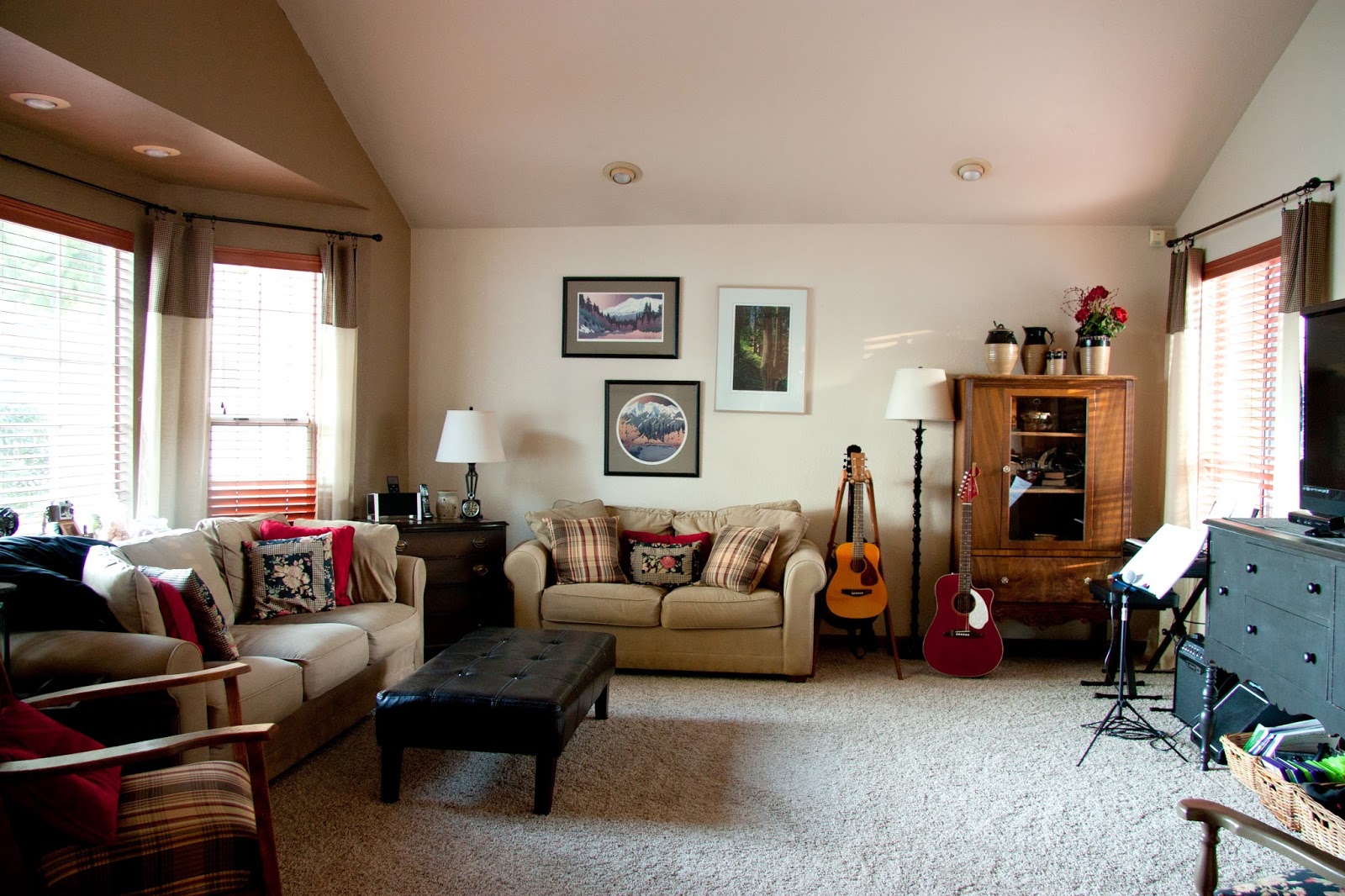





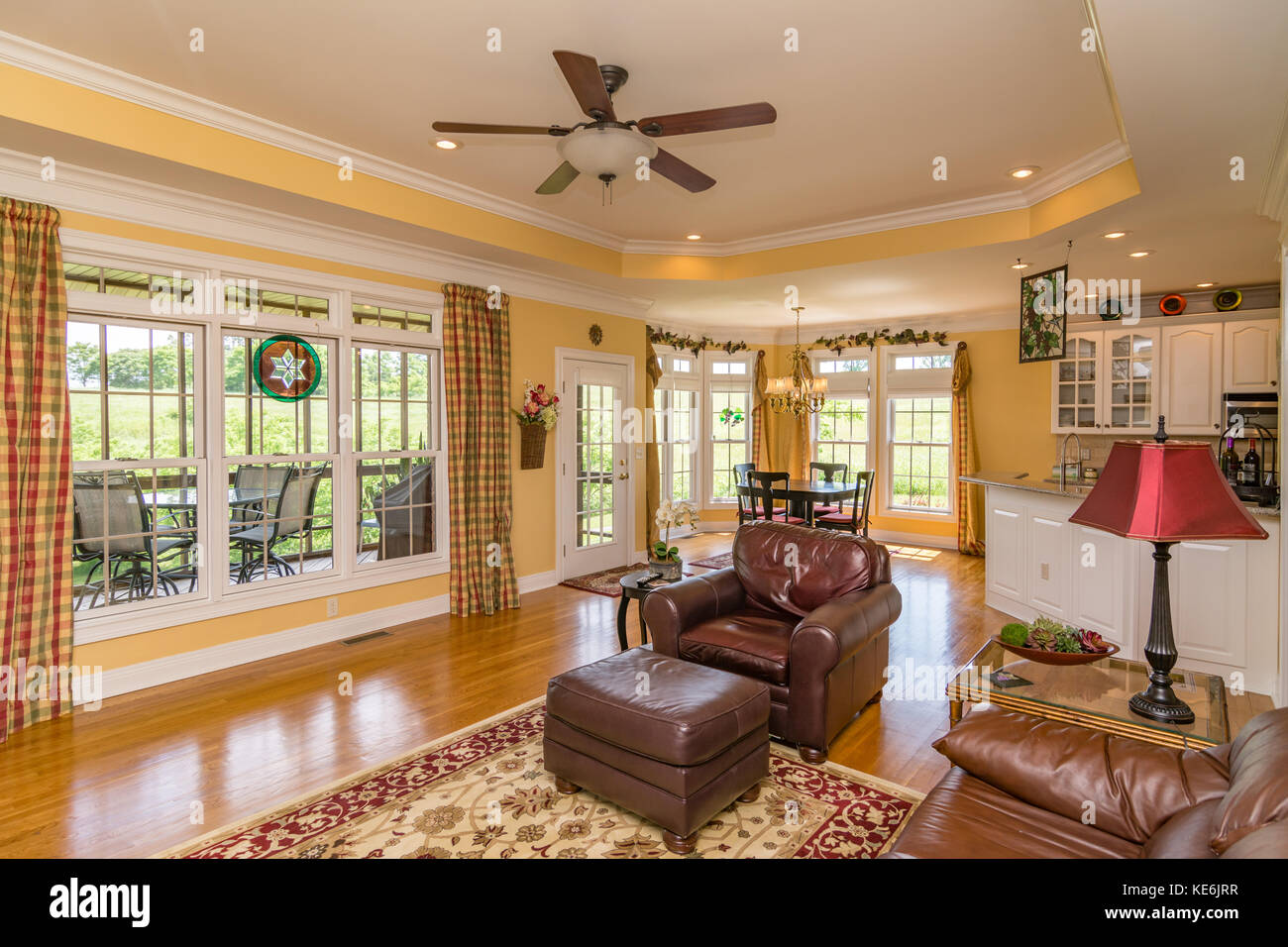


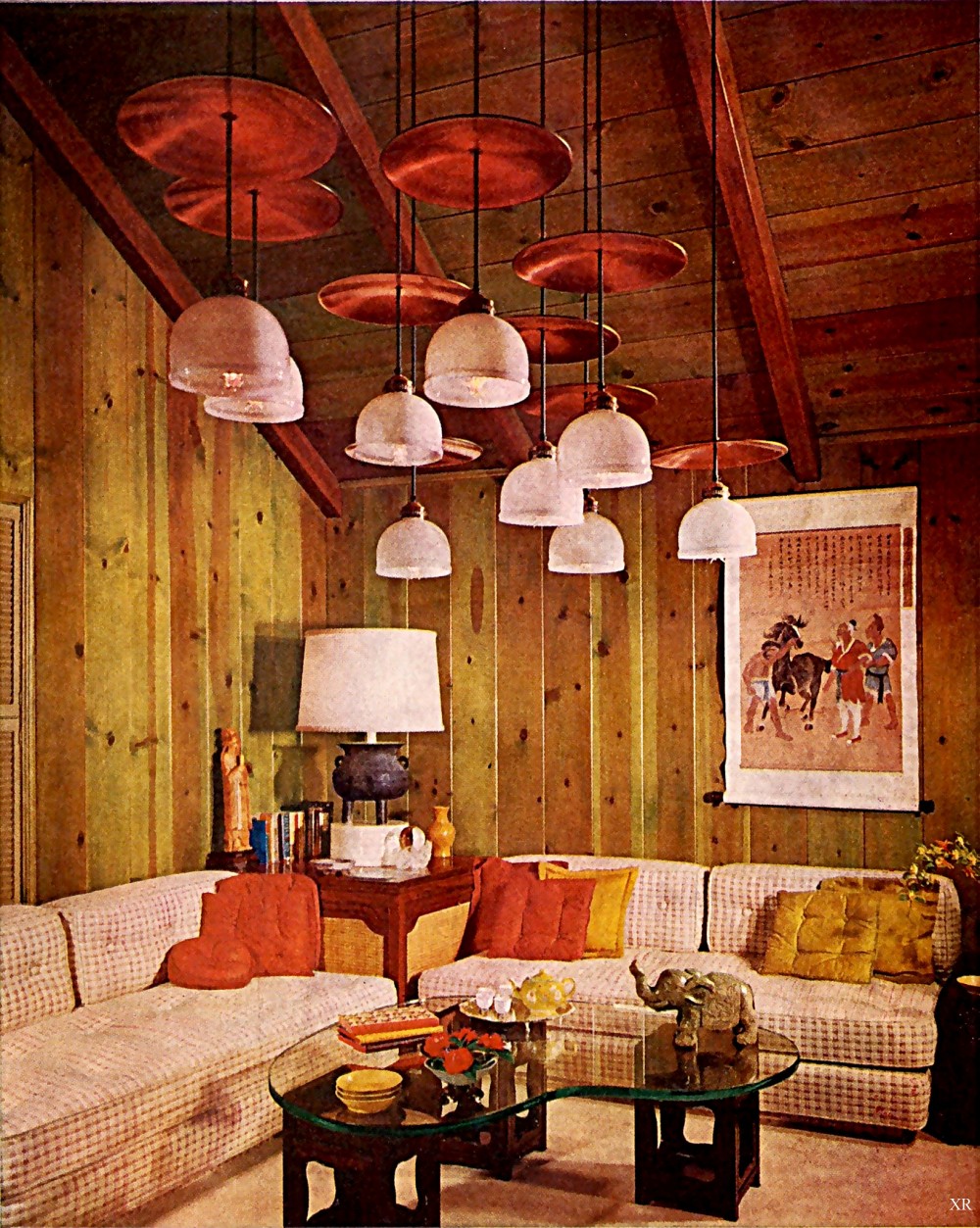


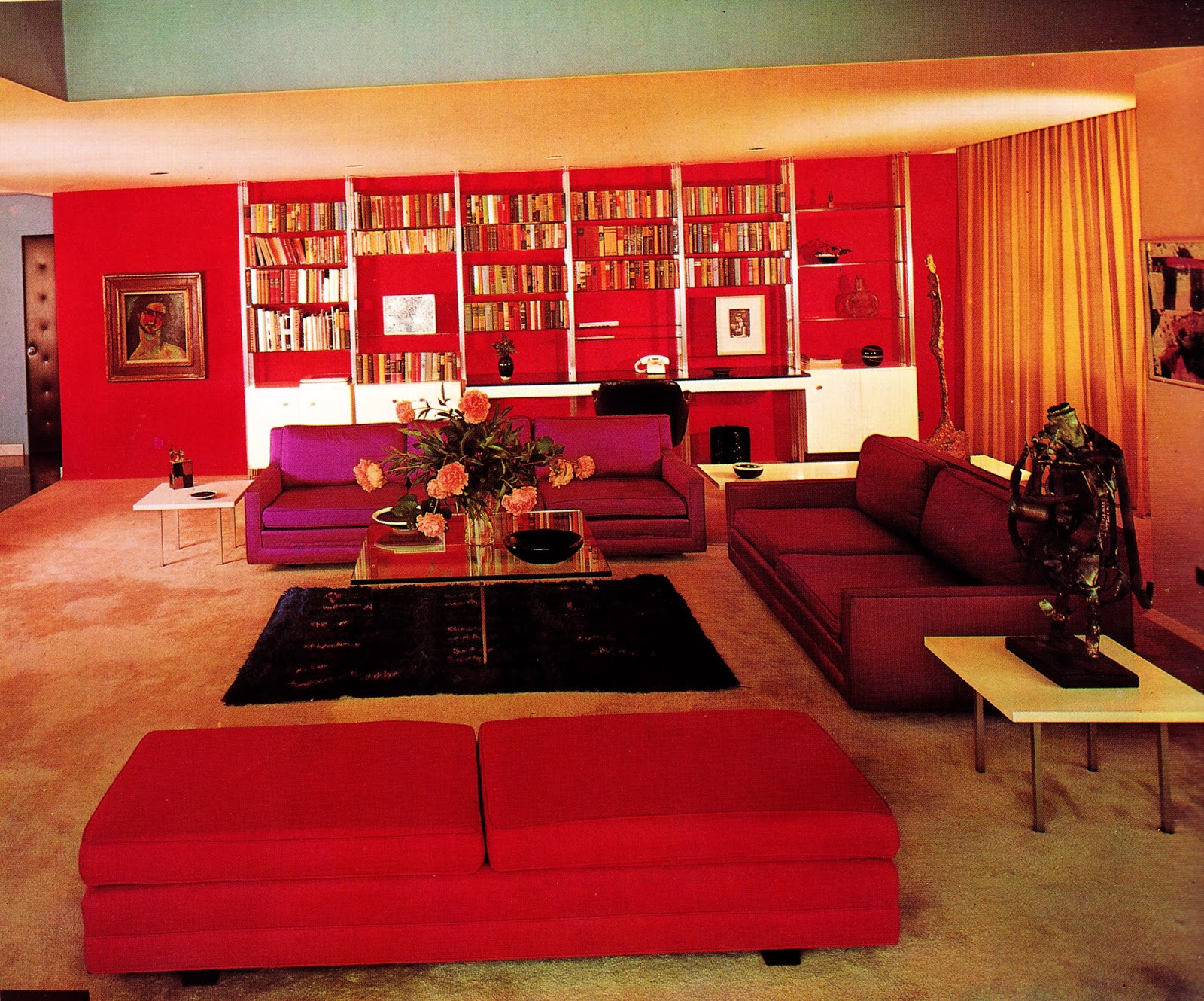


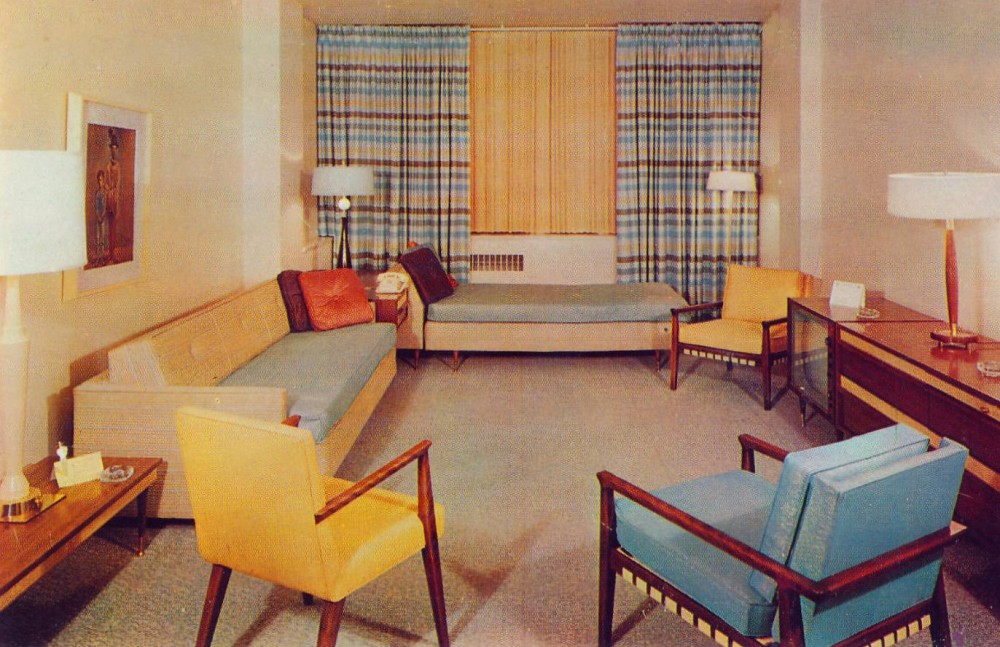
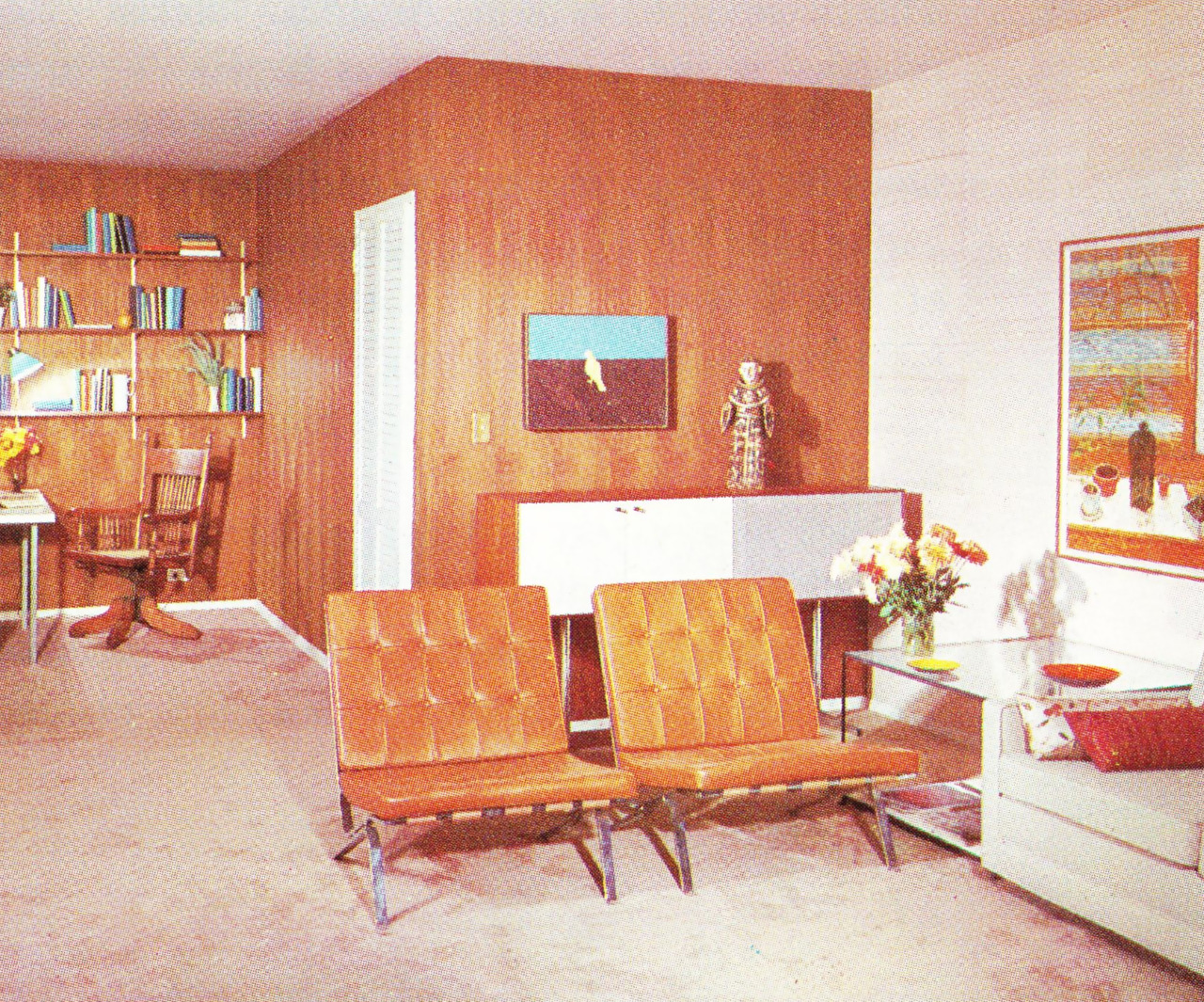
























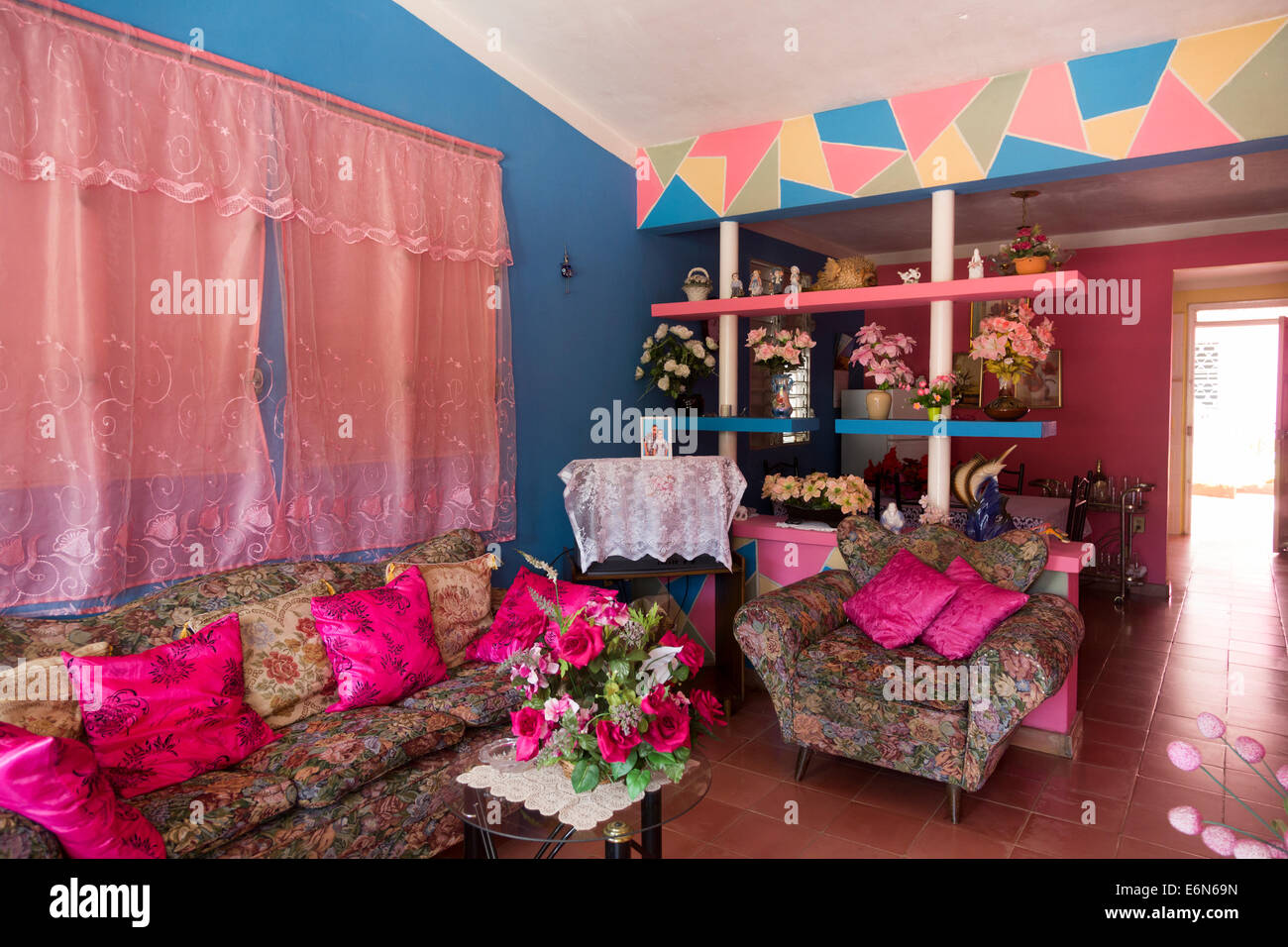























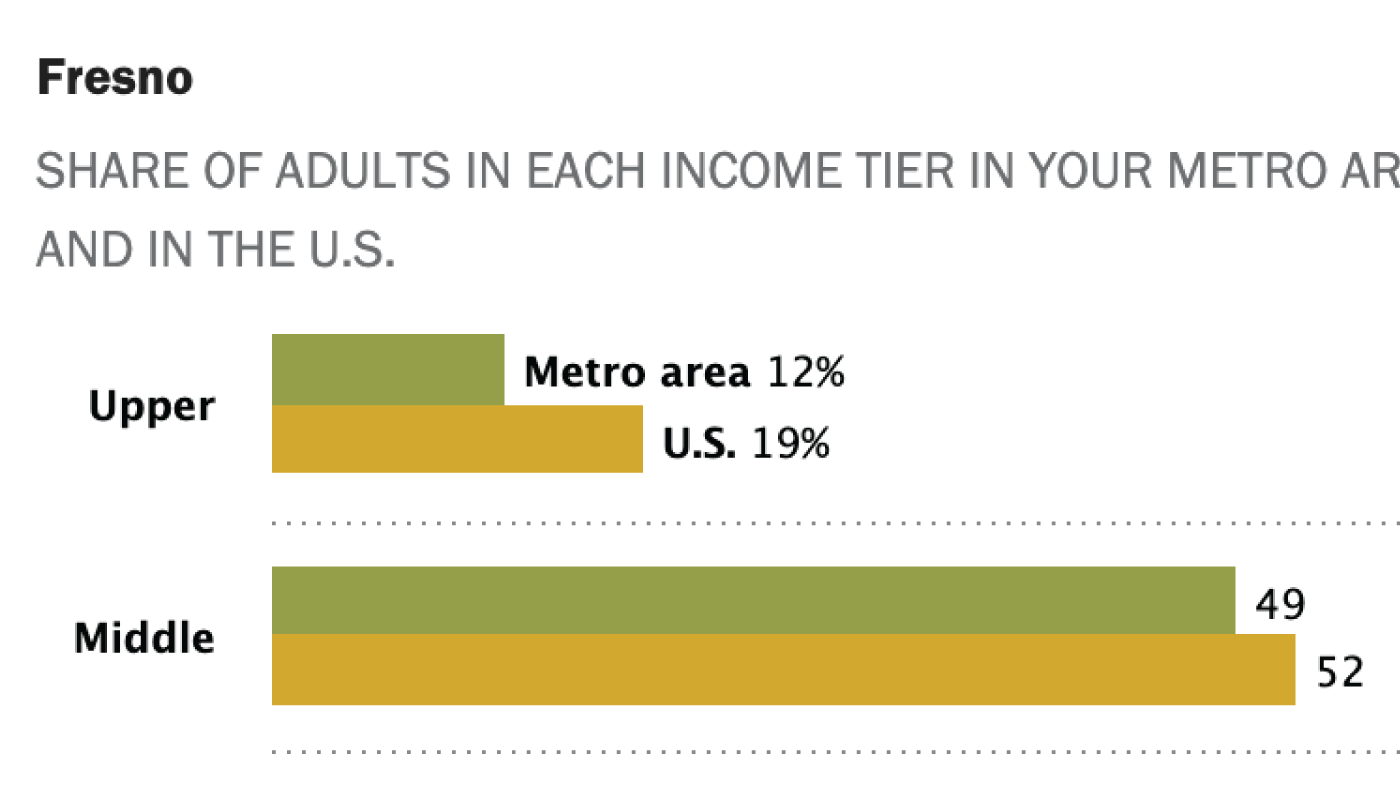










/cdn.vox-cdn.com/uploads/chorus_image/image/53579363/56800628.0.jpg)
